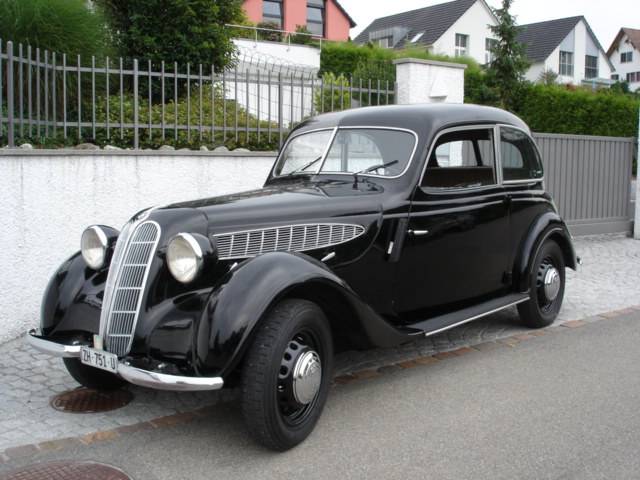
Eight German drivers took part in the 1940 Mille Miglia. Six of them wore NSKK badges, von Hanstein wore an SS Badge and the eighth - Walter Bäumer, von Hanstein's co-driver, who probably drove 90% of the race - wore neither (pictures showing him with an NSKK badge exist, but they have been doctored).
Here's a photo of SS driver von Manstein who won the Gran Premio di Brescia on 28 April 1940 in his BMW 328

The Photo above is like the car we at Michael Gaißmair now have for a unit staff car .ouers needs work to look like the one above but not bad for a barnFind







